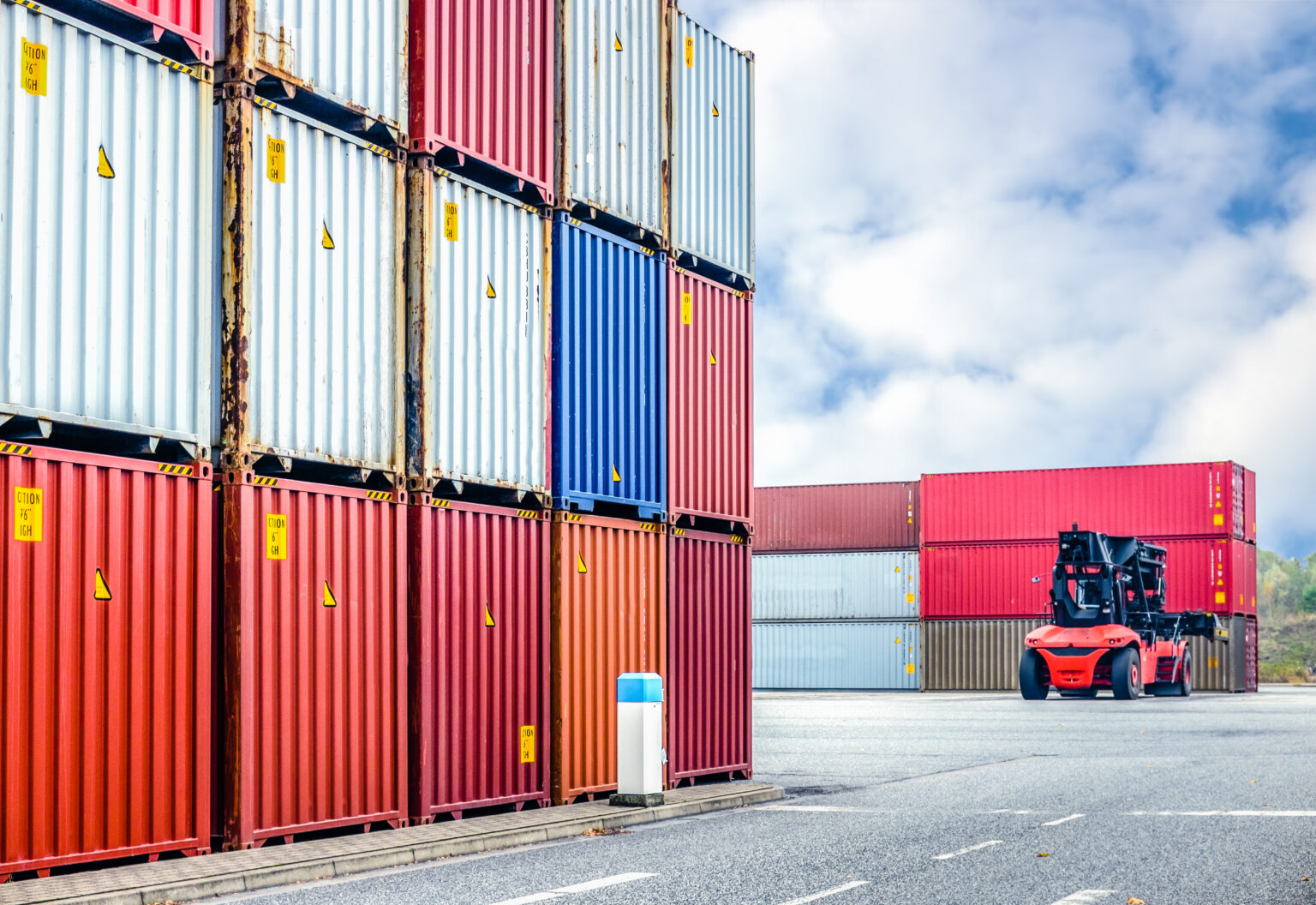“The Trump administration oversaw one of the largest trade deficits in modern times,” Vice President Kamala Harris stated during last night’s contentious debate. “The numbers speak for themselves.”
Do they? Experts urge closer scrutiny behind the widely-cited trade deficit figure.
There’s no denying the overall trade gap swelled from $502 billion in 2016, the year Trump took office, to $681 billion in Trump’s final year, according to Commerce Department figures.
In raw terms, a 35% rise is substantial. However, as veteran Wall Street Journal economics writer Irving Sandler notes, “The trade deficit always grows in recessions. 2020 was no exception with the once-in-a-century COVID crisis pummeling global trade flows across the board.”
Historical data reveals deficits climbed higher compared to GDP levels in the mid-2000s.
The 2020 deficit spiked due to the pandemic’s unprecedented impact on global supply chains, travel, and manufacturing. Attributing it wholly to Trump’s policies misses crucial context.
Therein lies the dilemma for voters. How much blame should Trump shoulder for swelling deficits on his watch versus global economic shockwaves beyond White House control?
Political interpretations unsurprisingly vary – often along partisan lines. Yet even sharp critics concede Trump didn’t single-handedly alter structural trade realities.
America’s net imports of foreign goods, from autos to laptops, have outpaced exports for over 40 years. Reducing trade deficits requires some combination of cheaper currency, competitive domestic manufacturing, frugal consumer habits, and trade policy rewiring.
“No president possesses a magic wand to instantly transform embedded, generational trade flows,” said Stanford trade expert Dr. Alicia Tan.
Tan also points out the trade deficit temporarily improved in 2019, before the pandemic. “There were modest signs of progress Trump can claim before COVID turned everything upside down economically.”
Harris implied otherwise in her unrelenting attacks last night, accusing Trump of “four years of failed protectionist policies that achieved little besides slowing legitimate trade and hurting American farmers and manufacturers when China retaliated.”


